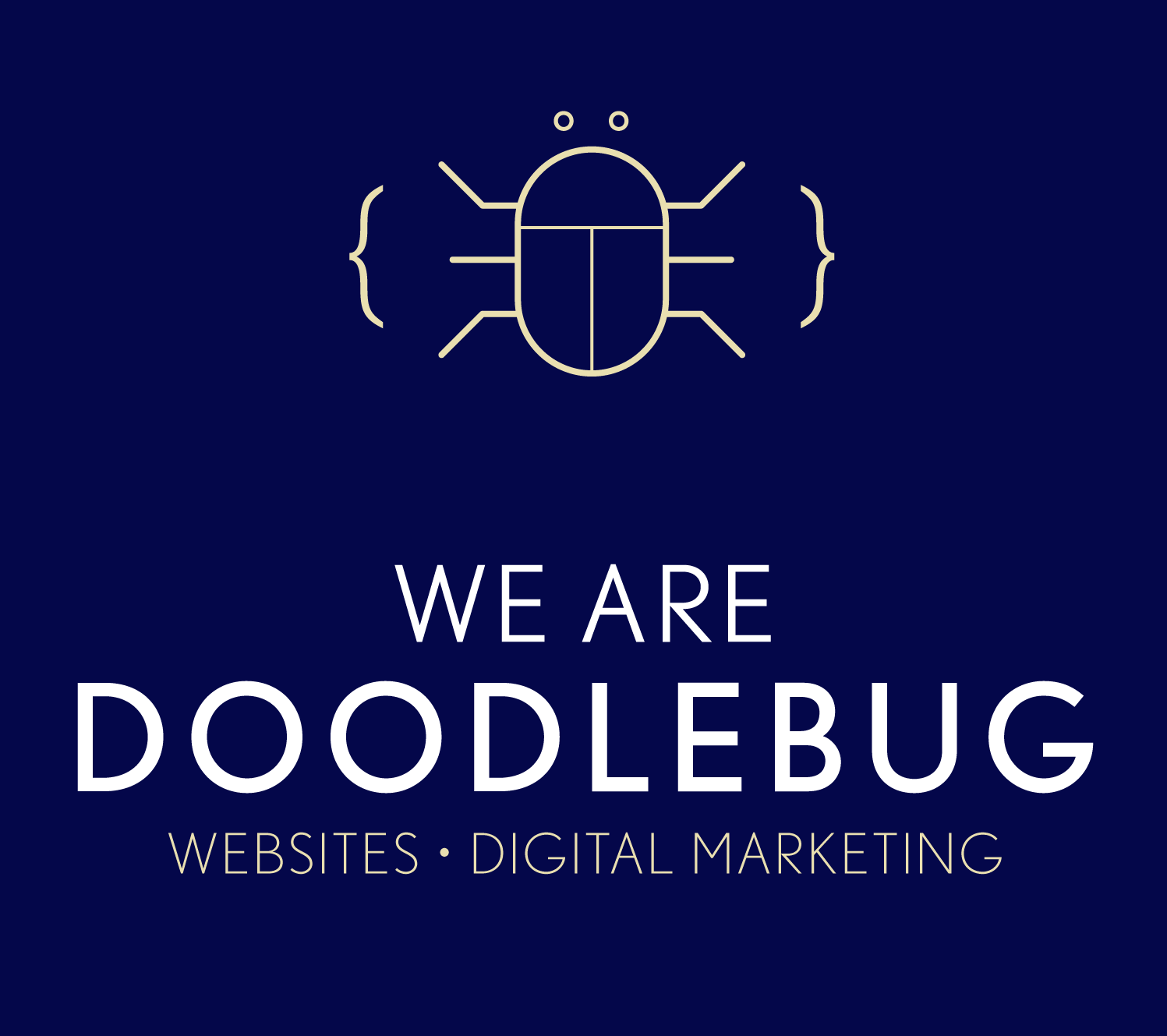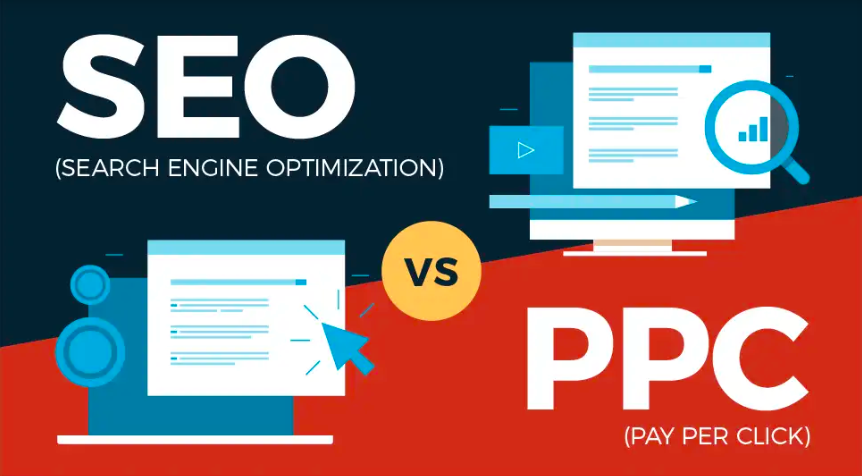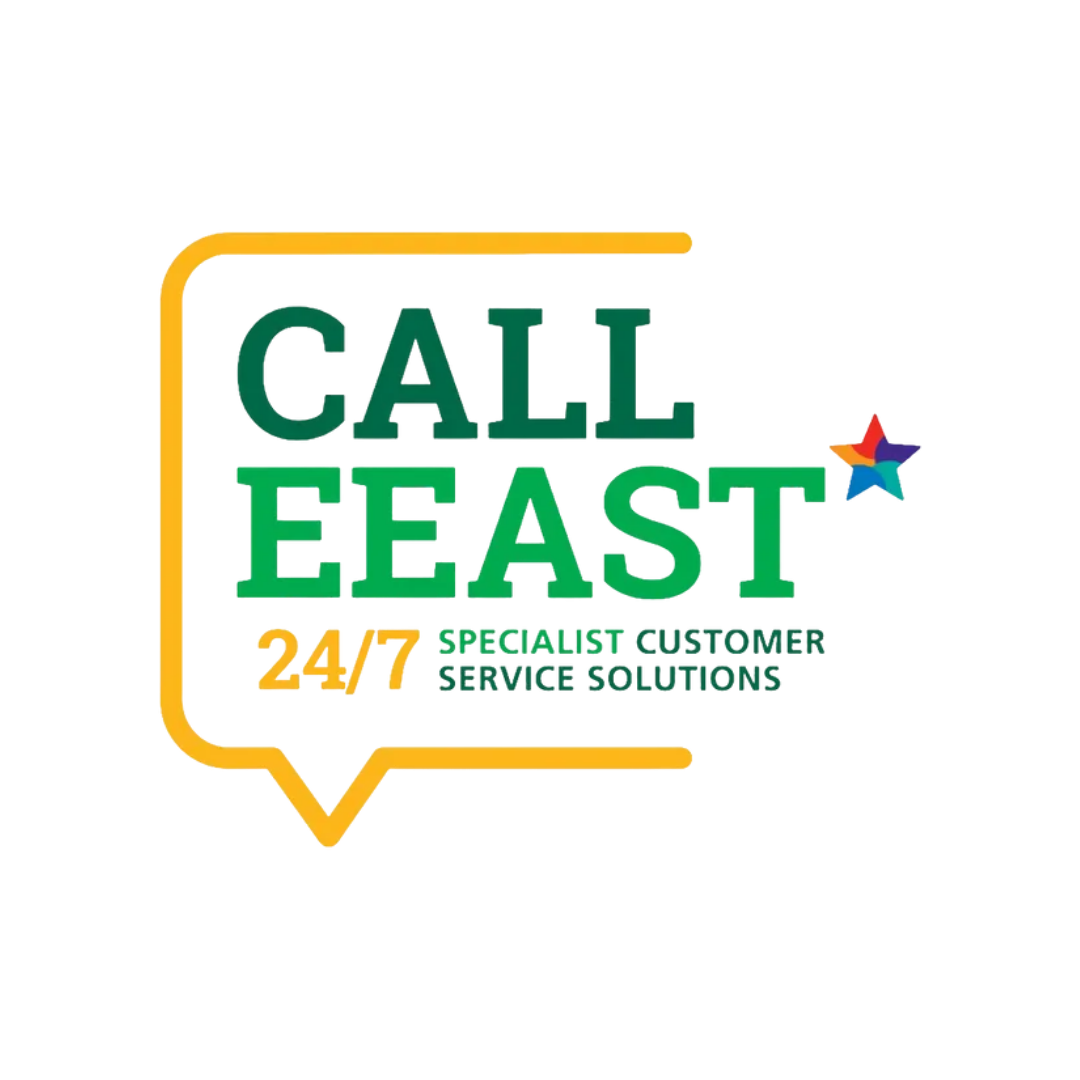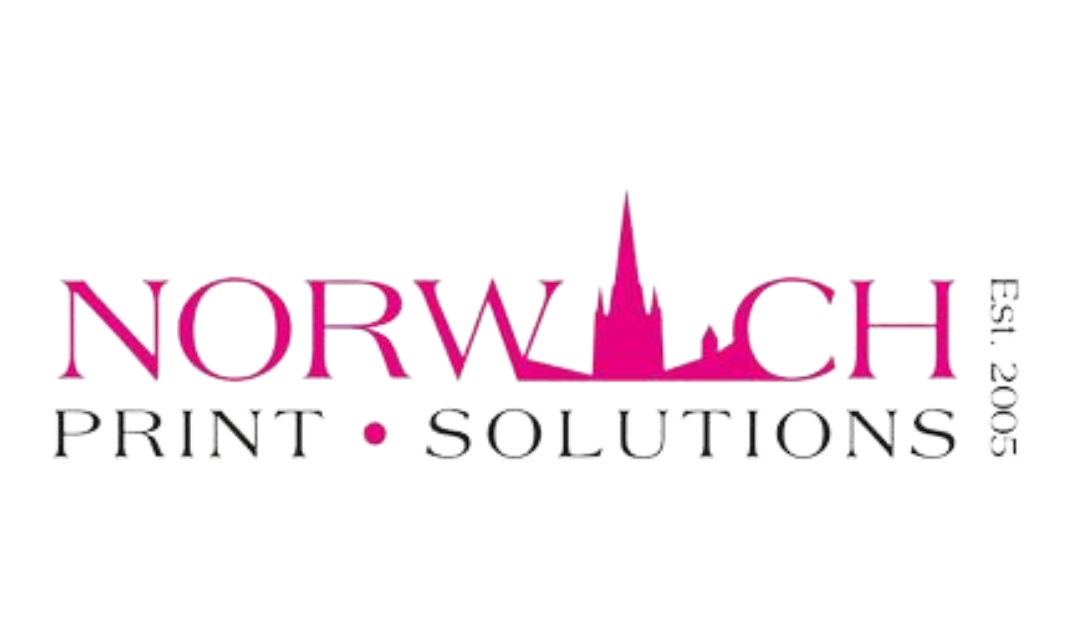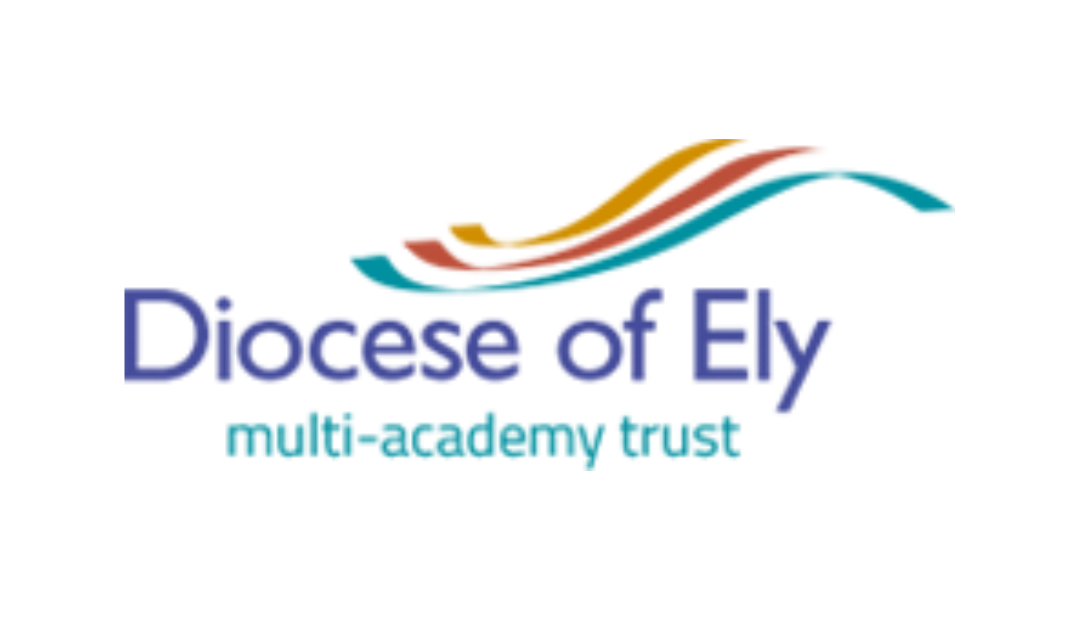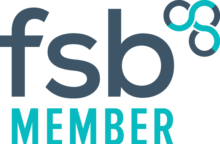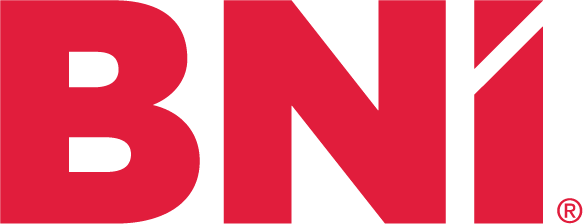Innovation - it's all good, right?
Innovation - it's all good, right?

We focus on customer-centric innovation - but what is it? and why do we do it?
You know what you want, right? You need a WordPress site, with lots of plugins - because your old system doesn't ‘do’ what you need it to (according to the web developer who doesn’t want to use anything other than WordPress)
Innovation is a multi-leveled word. For us, it means the process of designing, building and implementing services and digital products to achieve outcomes for our clients. Not shoehorning our clients objectives into our favourite solutions come what may.
This can mean developing an online app from scratch. It can also mean deploying an existing solution to a resistant set of users/stakeholders. Or anything in between.
We split the process into our three sections of ‘The Doodlebug Way’.
Clarity - what does the client need to achieve
Innovate - What is the best way to achieve this
Excel - implement the plan and deliver the desired results
Here I focus on the innovate section - but to give context, it's placed within brackets of the other two.
Clarity
As discussed in earlier articles, our process begins with a sequence of discussions, questions and workshops to work out the true desired outcome for all stakeholders. This first part of the change management process ensures the leaders who come to us also have the buy-in of their people in delivering change. You can read more about this here.
Innovate
Innovation is a bit of a buzz word at times. It can mean different things to different people. It must not be seen as a purely technological endeavour, nor should it be constrained by a narrow view of what can be done digitally. The biggest impact we have is to ensure the human side of the process is as well supported as the technology side.
Why the human element?
In order for a company to be truly innovative, the whole workforce needs to understand that this is a core tenet, allowing them to stay ahead of the competition and providing outstanding service for all clients. This is more comfortable for some than others!
Some employees will simply need to understand that their work flow or platform might change - but not the core purpose of the role. In this instance, it is vital they grasp the benefits as it relates to their role. The reason it is important to speak to this group early in the process is simple - they know what happens right now, in reality not theory. They don’t slavishly follow policy and procedure, they have their own ways of doing things within the existing system. To effect proper change and improvement in results, it does not make sense to make their lives harder or more complex. Yes, their work will change - but ultimately for the better.
Other workers will need the bigger picture - to give them their purpose. This has always been a point of view I hold - as I don't get satisfaction from working for the sake of it. I need to see the overall purpose and my role within it.
At the other end of the scale there are the buyers, the decision makers, the leaders who are generally extremely goal driven.
They fall into two camps (not exclusive - but they have a leaning):
- Systems focused, less worried about how, more worried about tangible outcomes
- People focused, worried about their people performing well as this will be the way they get results.
Both benefit - in terms of results and relationships - from thinking about the project in ‘The Doodlebug Way’. The biggest impact for each, is in the opposite to their preference. Systems focused leaders develop better understanding of their people, and people focused leaders develop a clearer vision of how to achieve their business goals.
But… What about the tech?
As I often say - we love the tech, but it is not about the tech - it is about the impact the tech has on humans. Technology is only ever of use if it either saves time, improves quality/quantity or is entertaining. Many new innovations do all three - but it is essential that you have a strategy in place to implement well. A business can’t afford to introduce tech that is purely entertaining to tackle specific tasks - but all the same, it can’t be so dull and dry that it is a chore just to attempt to use it.
Technology should influence behaviours - in a positive way
The reason gamification is so exciting is because it rewards positive actions - all be it in a pretty unsubtle way.
If this is not built in from the start, it is essential that the teams using the tech understand the rewards they are looking to achieve. Intrinsic rewards of a job well done are great - but a lot less clear than you would think. Every individual has their own motivations based on their personality and experiences, so yet again - we need to speak to them.
Knowing what motivates your team allows you to progress towards your outcomes more efficiently. You build your systems around these rewards and then make sure they are followed - which is harder said than done! I will write in the future about staff who are resistant to change, or are not truthful about their motivations (not generally a dishonest position - more that they are saying what they think they should!!)
Excel
Excel is about operational excellence - implementing and maintaining appropriate systems and behaviours that allow the tech to have the impact that was intended in the long term. Always start from the people, and the outcome you want for them. Then work back to see how this can be achieved.
Innovation is key - but in a commercial setting, there are parameters
If businesses do not innovate, they will wither away. It can feel like a risk - but the old adage of always doing what you've always done will give you the same results doesn't really hold true in this context. Anyone who thinks they can remove all risk and just ‘tick along’ doesn't really understand business or people. If you want to develop your role to be consistent and limited - guess what - you will need to innovate to ensure the things that need doing still get done (and without effort - this takes serious money).
That said - it is vital that those the tech will effect understand both the role of themselves, and the role of the tech. This is a long term process and must be planned and executed well. If not - we are back looking at expensive white elephants that do not perform. Start with the end point - what needs to improve to achieve it and work back from there.
If you are looking to streamline processes or productivity - tech is great. But never forget the people.
As ever - ask yourself two questions:
- What do I want to change about my business and its systems?
- Do we have the expertise internally?
Answer yes to question 2. - take the insights I share here and try them in your context. We know they work, but feedback is incredible in making the service even more optimal.
Answer no - subscribe to our feed and DM me when you are ready to see how change management and technological transformation can change your life.
We Are Doodlebug - Blog

GET STARTED TODAY
All Rights Reserved | We Are Doodlebug | Privacy Policy
